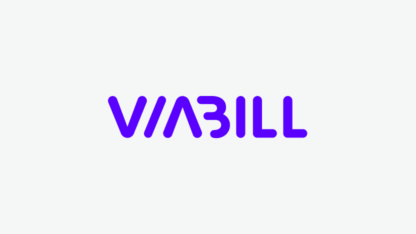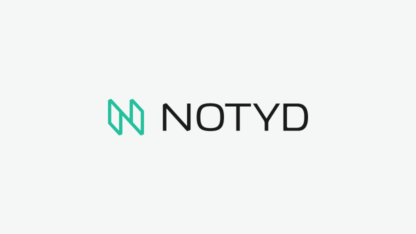Lending money inherently comes with risks. And it gets even riskier when fraudsters join the party.
In this article, we’ll look at the most common methods fraudsters employ to commit loan fraud, and – importantly – how to protect your business from them.
Let’s see how bad agents exploit the lending process and how to stop them.
What Is Loan Fraud?
Loan fraud or lending fraud encompasses any kind of deceitful action designed to gain a financial advantage during the loan process.
There are many types of loan fraud, such as mortgage fraud, payday fraud, ATO in online lending, and loan scams. All of them will see someone end up out of pocket, while the counterparty will gain money and disappear.
In the US, this type of scam is on the rise, with an estimated 1 in 164 mortgage applications are deemed suspicious according to CoreLogic – though the landscape is much more dangerous online, where startups are looking to attract customers with frictionless and quick processes.
It’s worth noting that the roles of the victim or criminal may change depending on the type of lending fraud.
In some cases, the person or organization offering the loan (creditor) acts fraudulently. In other cases, it is the person or organization receiving the loan (debtor) who is acting in bad faith.
How Does Lending Fraud Work?
All lending fraud is built on deception. At some point in the money lending process, someone is pretending to be someone they are not.
In most cases, it is the debtor who will provide false details. They will use stolen IDs or synthetic IDs, which stitch legitimate person’s details together with made-up information. Once their loan has been approved, they will disappear without repaying it. The same applies to business loans.
More sophisticated fraudulent debtors will repay their loans diligently in order to build a better credit history. Then, they will take out a huge loan and then disappear.
What Are the Types of Loan Fraud?
Let’s have a look at those types of lending fraud that are on the rise.
There are various types of lending fraud that financial firms need to look out for, as the fraud landscape continues to evolve. Let’s look at some common types of loan fraud.
Mortgage Fraud
Mortgage fraud is a form of first-party fraud where the borrow provides false information or misrepresents their financial position in order to obtain a mortgage. There are various types of mortgage fraud:
· Occupancy fraud is where the borrow purchases an investment property with the intention of renting it out but claims they will live in the property or use it as a second home. This can result in them obtaining a lower interest rate for their mortgage.
· Employment fraud can involve misrepresenting employment status.
· Income fraud concerns the provision of exaggerated salary details to obtain a larger mortgage.
The omission of information, such as failing to disclose liabilities, is also mortgage fraud.
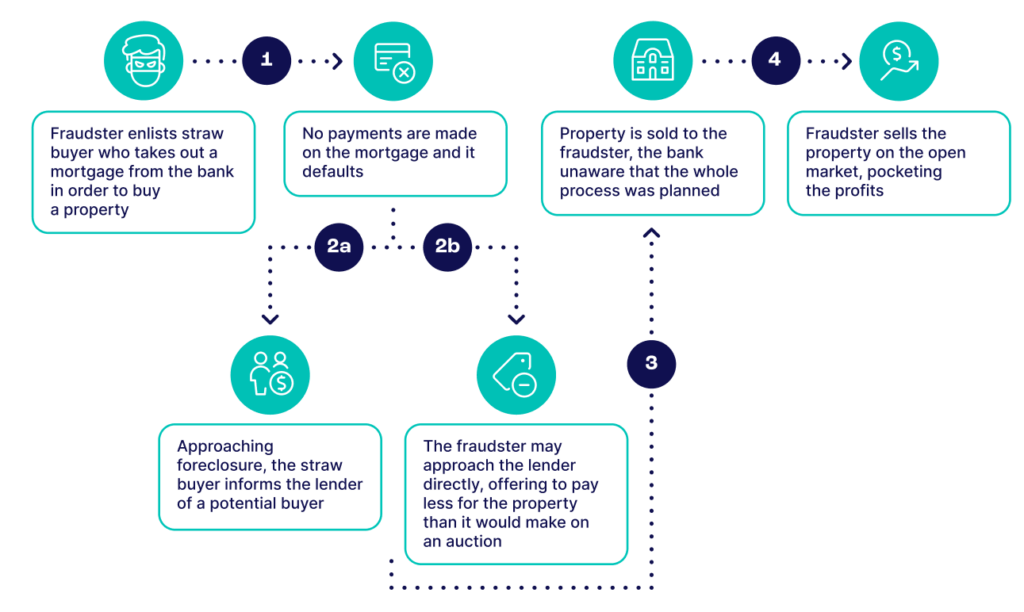
Payday Loan Fraud
Payday loans are short-term, high-interest loans provided by companies that need to minimise friction as part of their business model. Payday loan fraud is when criminals take advantage of that minimal friction to obtain loans, then disappear into the ether with their ill-gotten gains.
First-Party Fraud (or Personal Loan Fraud)
Here, the applicant will intentionally provide false information or exaggerate their financial status to get approval for credit they might not ordinarily qualify for. These illegal attempts make most digital lenders misconstrue first-party fraud as a credit loss.
With first-party loan fraud on the rise, you’ll have difficulty determining how much you actually lose to fraud versus credit risk.
Unfortunately, loan companies won’t have it easier anytime soon. In the first half of 2021 alone, personal loan fraud rose by 40%, up 63% from the previous year, per Experian.
Second-Party Loan Fraud
Second-party fraud occurs whenever an individual gives their personal information to another person to commit fraud. The accomplice can be a family member or friend.
Sometimes, the person whose details are being used might not even be aware of the borrowing scheme.
It’s hard to spot second-party loan fraud as there’s often no sign of illegality. After all, the information provided is legitimate. You’ll see how to limit this growing type of attack below.
Third-Party Loan Fraud
Otherwise known as identity theft, third-party loan fraud is when an individual uses a fake identity or another person’s identity (without their consent) to gain credit with no intention of payback.
This is mainly supported by synthetic identities, in which the fraudster creates a new persona by combining stolen and fake information. After that, they legitimize this new persona and inflate its credit score by borrowing small amounts and actually paying off the debt.
This allows them to then borrow large sums and proceed to vanish without a trace.
Third-party loan fraud can also happen offline, wholly or partially. For instance, fraudsters have been known to use stolen SIM cards to apply for loans.
The frictionless, fully-online onboarding process associated with digital lending makes third-party fraud a particularly common pain point and, done at a scale, leads to huge losses. Per McKinsey, synthetic identities cause 10% to 15% of lender losses annually.
Loan Stacking
Loan stacking happens when the same borrower applies for several loans in a short period, with no intention of repayment.
Given how new accounts and credit inquiries can take up to 30 days to display on a credit profile, sometimes lenders can’t identify who applied for multiple loans within a short time frame until it’s too late.
Fraudsters recognize how lucrative this loophole can be and exploit it to their advantage.
Such fraud risks can cripple your lending companies, especially so microlenders, startups and fintech pioneers.
To keep fraudsters in check, you need a robust, insightful fraud detection and prevention solution.
Leverage alternative, real-time data to frictionlessly fight loan fraud and build better customer profiles.
Ask an Expert
How Dangerous Is Loan Fraud?
Loan fraud presents a danger to individuals and businesses. For individuals whose details are stolen and used by fraudsters, the experience can ruin their credit rating and prove immensely stressful. The poor credit rating can impact the person’s life in myriad and major ways, from preventing them obtaining a mortgage to ruining their chances of running their own business.
For lending businesses, loan fraud can result in financial and reputational damage. It costs lenders not only in loans that aren’t paid back but also in the time taken to investigate those fraudulent loans, to report losses, to liaise with regulators, and more.
Using Digital Footprint Analysis to Stop Loan Fraud
As industry insiders have warned time and again, basic identity verification is no longer effective. For this and other reasons, we need an identity proofing system that cannot be gamed – at least not as easily.
As noted in Javelin’s Study on Digital Lending Fraud:
“Relying on the simple validation of core PII elements to simultaneously comply with Customer Identification Program (CIP) requirements and manage fraud risk is no longer adequate to thwart fraudsters.”
Enter digital footprint analysis, otherwise known as digital footprinting.
Digital footprinting involves looking into a person’s online presence (that is, their digital footprint) to get an idea of who they are. It’s rooted in the realization that phone and email addresses are the new digital passport.
There is a great deal of public information linked to each of these, which we can use to find out more about the customer. Importantly, unlike the typical personal information details submitted in loan applications, you wouldn’t fake or falsify a digital footprint.
To be precise, a determined fraudster could, in theory, set this up to some extent. However, such a method would not scale, as it take time and effort to sign a new email address up to various services – plus some aspects of SEON’s methodology return time-stamped results and are thus next to impossible to spoof.
Digital footprinting is deliverable in real-time and at scale, making credit scoring checks possible even in underbanked markets. For example, FairMoney, a neobank serving Nigeria, a country with a vast unbanked population, overlaid SEON’s digital and social lookup with device fingerprinting to filter out fraudsters by assessing the applicants’ digital presence.
This is a way to get alternative data on your applicants in real-time to allow you to make better decisions. Let’s take a look at the three ways in which SEON does digital footprint analysis to catch fraudsters in their tracks.
Email Analysis
On to digital footprinting with email analysis. Through deep social media profiling and domain verification, this module helps you confirm the legitimacy of an email address by looking up 90+ online platforms and social sites to find profiles connected to the email. It also reveals whether the email address has been involved in blacklists and data breaches, any public user pictures, and more.
You can look up an email manually, or integrate the Email API into your risk tech stack via either API calls or the SEON Dashboard:
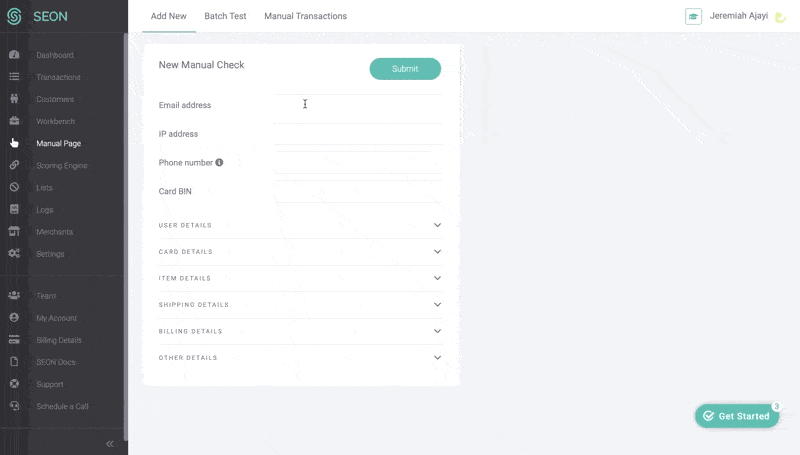
[SEON analyzes whether the address has been used on 90+ social media and online platforms such as Facebook, Twitter, Booking.com, Airbnb, and more, and gleans information from there to determine a risk scoring]
You can also check multiple email addresses at once:
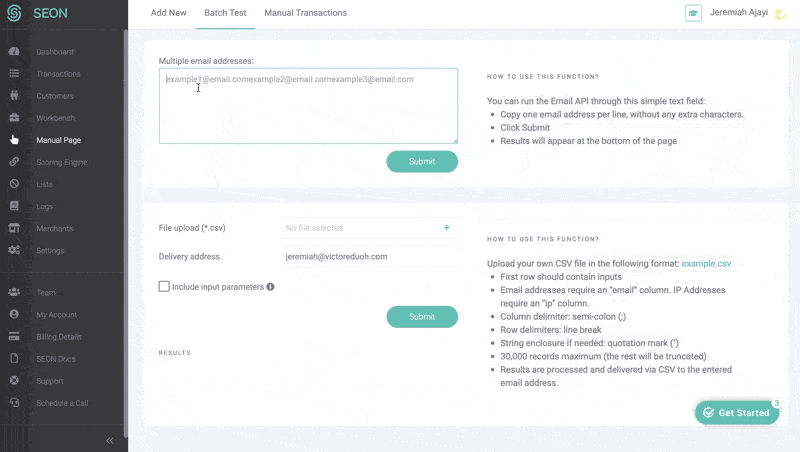
With these risk scores, you should be more concerned about the second user
Phone Analysis
This module confirms whether the submitted phone number is real, if it’s used for messaging purposes and if it has messaging and social profiles connected to it – among other data points.
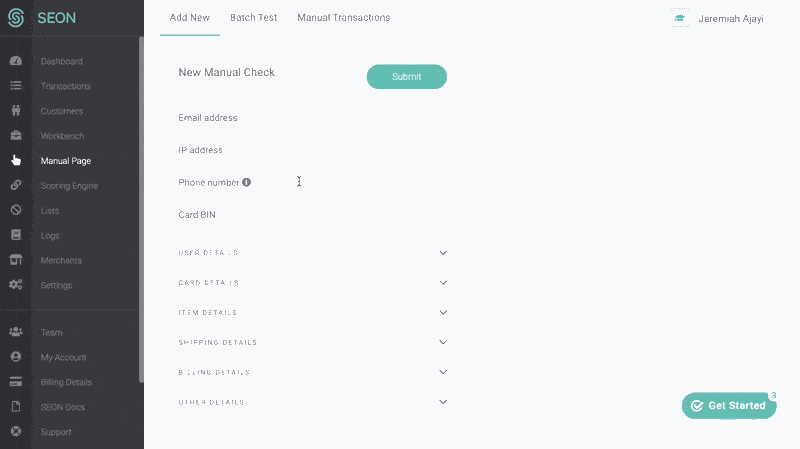
[With a risk score of 0, it’s safe to say this user’s phone number is real]
IP Analysis
You can use this module to know the origin of the customer’s connection to your site, their location, and whether it is masked with Tor, a proxy or a VPN:
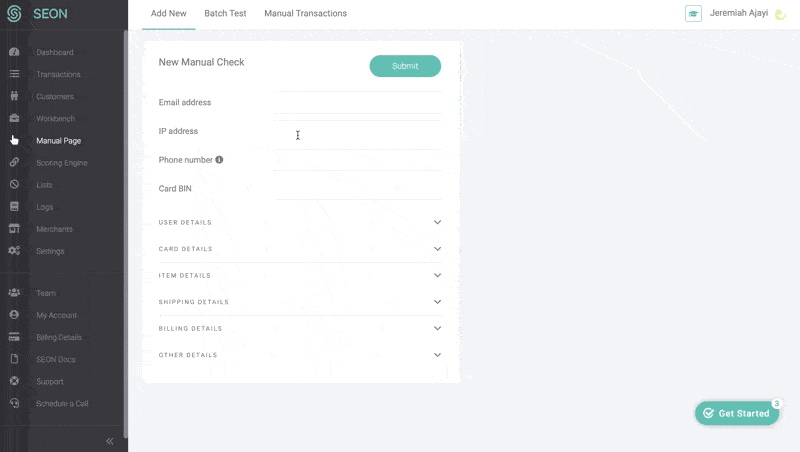
[It’s safe to say this user actually lives in London and that the location is not a proxy]
It might not be obvious just how useful the data points revealed by these modules are but when you connect the dots, you’ll realize they’re a powerful predictor of fraud risk as well as indicators of applicant affordability.
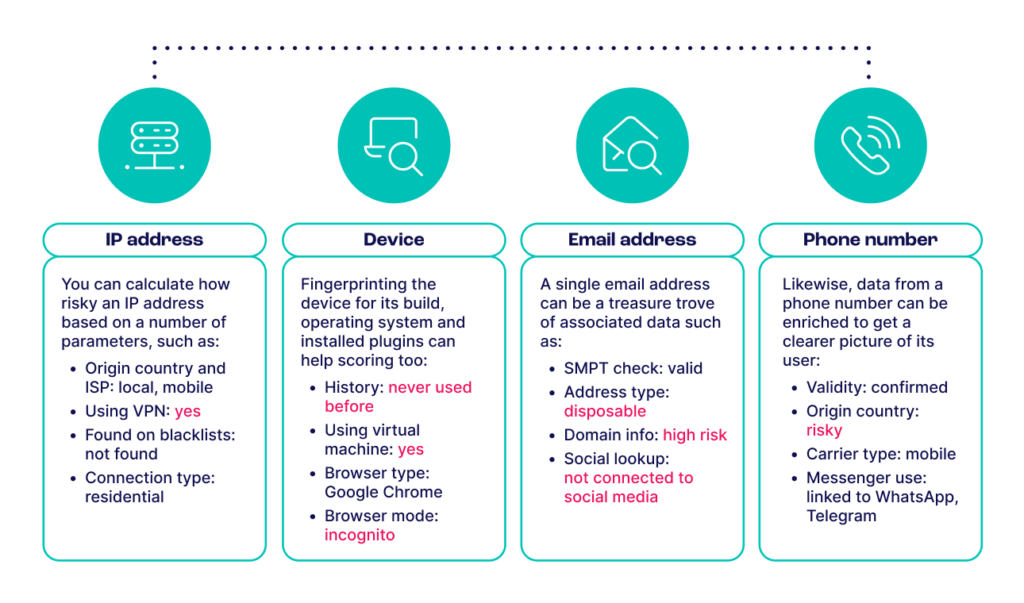
As a case in point, an Asian microlending company proved this.
Using the email and phone modules to look into their users, SEON helped them discover that 75% of defaulting customers had no social media presence. Consequently, they became more careful whenever they encountered loan applicants with such a profile.
Overall, digital footprinting will help you:
- learn more about borrowers based on their online presence
- build more precise risk profiles based on single data points
- enable dynamic, lightweight profiling without sacrificing security
- potentially save on your KYC costs by pre-screening applicants
More Sources of Intel on a Loan Applicant
Moving beyond the digital footprint analysis we’ve presented above, which allows us to create a near-impossible-to-fool profile of your customer, SEON’s anti-fraud solution makes use of data to do with someone’s device, location and behavior.
Part of SEON’s Fraud API, this examines available data on the borrowers’ devices used to access your lending, allowing you to:
- flag suspicious devices like emulators and VPNs
- connect users who are using shared devices, which can be tied to fraudulent practices
- see users’ activities across time and monitor when they are suspicious as a whole
Meanwhile, the system can also flag default and custom fields and make them add or subtract risk scores from an applicant, alerting you to those elements that you have discovered are important. In fact, SEON can do this for you if you choose to leverage the whitebox machine learning risk rules.
In addition, sophisticated banking fraud detection software will also consider the user’s actions in relation to time. For a simple example, dozens of separate applications from the same device within a single day can hint at a fraudulent scheme.
Compliance & Regulatory Concerns
Staying in legislators’ good books is important for businesses in lending, especially so when they are part of the startup scene and the fintech boom. When considering a fraud prevention solution that works for you, don’t neglect compliance. Always confirm if using a product will expose your company to non-compliance risks.
At SEON, we are ISO 27001-certified in addition to meeting GDPR and SCA requirements.
Partner with SEON to minimize risk and reduce fraud rates in your business with ML, real-time data, and advanced APIs.
Ask an Expert
Online Loan Fraud Trends in 2024
Allied Market Research projects that the global digital lending market will grow from a value of $12.6 billion in 2022 to $71.8 billion by 2032. The market has already grown immensely, driven by the digital revolution and then shifts in lending patterns for small and medium businesses (SMBs) during the COVID-19 pandemic.
As the online lending market has evolved, so have loan fraud trends. Some of the latest trends to watch include:
Synthetic ID Fraud Keeps Growing
According to the Federal Reserve, synthetic ID fraud is the fastest-growing type of fraud in the US, accounting for billions of losses annually. This trend is particularly challenging in the US, which relies heavily on static personally identifiable information, such as social security numbers.
Government-Backed Business Loan Fraud Will Continue
Business loan fraud became a growing problem following the wave of government emergency loans resulting from COVID-19. Continuing economic woes in many countries make this an ongoing risk.
Digital Customer Onboarding Must Evolve
Deepfakes, massive data breaches, biometrics hacking… Fraudsters have no shortage of modern techniques designed to beat KYC checks. Fraudsters will continue to embrace new methods and technologies, so digital customer onboarding needs to evolve to account for this.
SEON’s Prevention Against Loan Fraud Risks
In addition to efficient underwriting practices, loan fraud risk can be minimized by creating an accurate profile of each applicant that stems from both their device configuration and the information they offer us about themselves, including their IP, email address and phone number.
SEON goes beyond identity verification solutions and device fingerprinting data, combining this intel with powerful digital footprint analysis from 90+ online sources and social media, all in real time.
Both social lookup and device fingerprinting help you enrich borrowers’ KYC info via well-designed modules. Let’s take a closer look.
Sources
- GDS Link: How Banks & Credit Unions Need to Treat Fraud Management in 2022
- Credit Connect: Bank account and loan fraud soars in pandemic
- Banking Exchange: COVID-19 and Synthetic Identity Fraud: The Importance of Lenders Mitigating Risks
- BusinessWire: Federal Reserve Releases Synthetic Identity Fraud Mitigation Toolkit to Educate, Fight Fraud
- Experian: UK bank account fraud soars during first half of 2021
- CoreLogic: Mortgage Fraud Trends Report
- PR Newswire: The Digital Lending Market is expected to register a CAGR of approximately 11.9% during the forecast period (2020 – 2025)
- Financial Times: Small UK businesses consider insolvency to escape state Covid loans
Frequently Asked Questions
Loan applicants with malicious intent are detected through a combination of automated data-drive risk assessment, as well as manual review conducted by trained risk professionals. Software handles the detection of any obvious data outliers on online loan applications, noting things like discrepancies in IP geolocation versus the apparent address of the applicant, then the human loan risk assessment team can make the final decision on whether or not to approve the loan, often with follow-up involving a phone call or request for additional information.
Depending on the type, jurisdiction, and immensity of the fraud, in the US loan fraud can carry a prison term of up to 30 years, and accrue penalty fines of up to $1 million.







